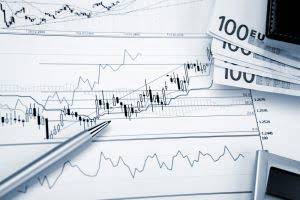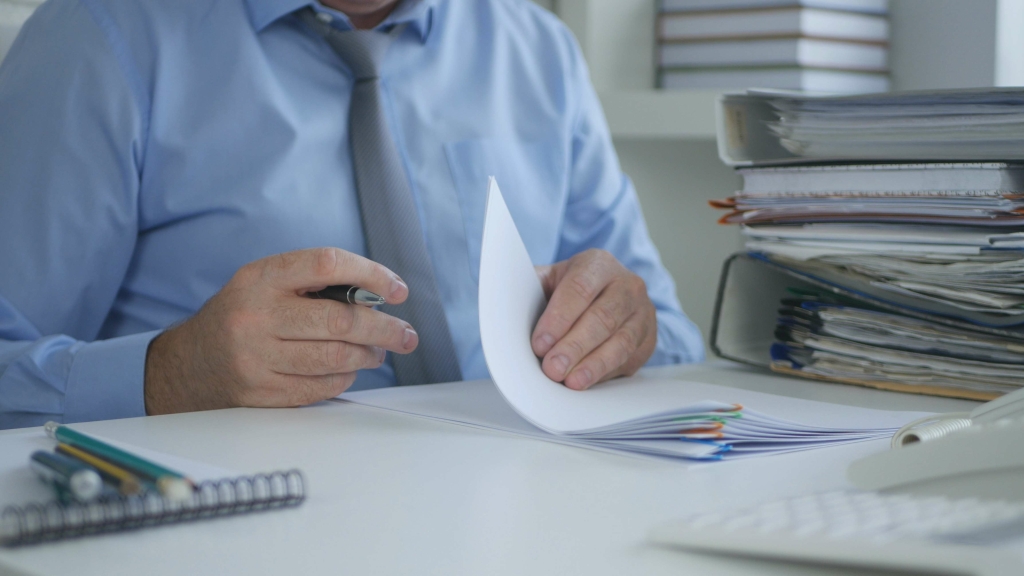
However, with the help of modern tools like Numeric, teams can significantly enhance their efficiency and accuracy. The fixed asset roll forward is a common report for analyzing and reviewing fixed assets. The report is a schedule showing the beginning balance, purchases and/or additions, disposals, depreciation, and ending balance of fixed assets for a certain time period.
Calculating and Tracking Asset Depreciation

The units of the production method of depreciation are based on the number of actual units produced by the asset in a period. This method makes sense for an asset that depreciates from Bookstime usage rather than time. These assets are integral to manufacturing and production processes, enabling companies to produce goods efficiently.
Definition and Examples of Fixed Assets

We provide professional accounting services to businesses and individuals, with a focus on small business bookkeeping and taxes. Asha builders are on the verge of completing the construction of buildings at the remote site, which they started five years ago. However, those buildings are not ready to use, but 80% of the flats have been sold out. Asha, the owner of Asha builder, is unsure how she should account for buildings in her books of account as this was her new business. So she has approached an accountant to help her decide how these buildings cost and sell should be recorded in books of accounts. Proceeds from the sale and purchase of what are plant assets assets are treated as cash cash flows from investing activity.

Fixed assets tracking and documentation
Understanding the distinction between current and fixed assets is crucial for effective financial management and reporting. This blog will discuss fixed assets vs. current assets, their defining characteristics and types, and real-world examples of both asset categories. A business can choose to capitalize a purchase of Property, Plant, and Equipment by recording the items as fixed assets and deducting a portion of their price over the length of their life. Capitalizing means that the item is recorded as a long-term asset, rather than an expense.

Financial planning & analysis
- Fixed assets are resources purchased for long term use in the business and are not likely to be sold for cash within 12 months.
- By differentiating these asset types through depreciation, businesses can better manage their resources and plan for long-term investments more effectively.
- The asset value will be reduced with a credit and a loss will be recognized for the reduction of value.
- Regardless of method applied, the journal entry for depreciation will include a debit to depreciation expense and credit to accumulated depreciation to be used in the calculation of net fixed assets.
- This calculation will help you systematically reduce the asset’s value on your balance sheet over time.
It helps to use real-world examples and strong processes to discover what’s best for your fixed assets and financial reporting. A fixed asset can also provide a headquarters from which to operate a business. Under US CARES Act GAAP, fixed assets are accounted for using the historical cost method. The historical cost method requires assets to be measured at the cost paid when the asset is acquired as opposed to another measure of valuation such as the fair market value.
- The period of use of revenue generating assets is usually more than a year, i.e. long term.
- Furthermore, this equipment will be used for more than one accounting period since its planning to expand business in Italy, and further, a new corporate office is also opened.
- One such policy is the capitalization policy, which should include the process and criteria for recording fixed assets, and guidelines for keeping track of fixed assets throughout their useful life.
- A fixed asset can also be defined as an asset not directly sold to a firm’s consumers or end-users.
- The purchase of fixed assets represents a cash outflow to the company while a sale is a cash inflow.
- Depending on the condition and expected salvage value of the asset, it may be sold for more or less than its carrying value.
What are the examples of fixed assets?
- These assets are not expected to be converted into cash or used up within one year.
- Retirement of fixed assets occurs when an asset is removed from service without any proceeds received, typically due to complete obsolescence or impairment.
- Therefore, when classifying and calculating fixed assets, take into account the type of business in which the client operates.
- Let’s now move on to understanding how current and fixed assets are used in real-world scenarios to provide valuable insights for your organization.
- How a business depreciates an asset can cause its book value, the asset value that appears on the balance sheet, to differ from the current market value (CMV).
A baking firm’s current assets would be its inventory (flour, yeast, etc.), the value of sales owed to the firm from credit extended (i.e. debtors or accounts receivable), and cash held in the bank. Its non-current assets would be the oven used to bake bread, motor vehicles used to transport deliveries, and cash registers used to handle cash payments. While these non-current assets have value, they are not directly sold to consumers and cannot be easily converted to cash. Non-fixed assets, also known as current assets, are assets that are expected to be converted into cash or used up within one year or the operating cycle of the business.


